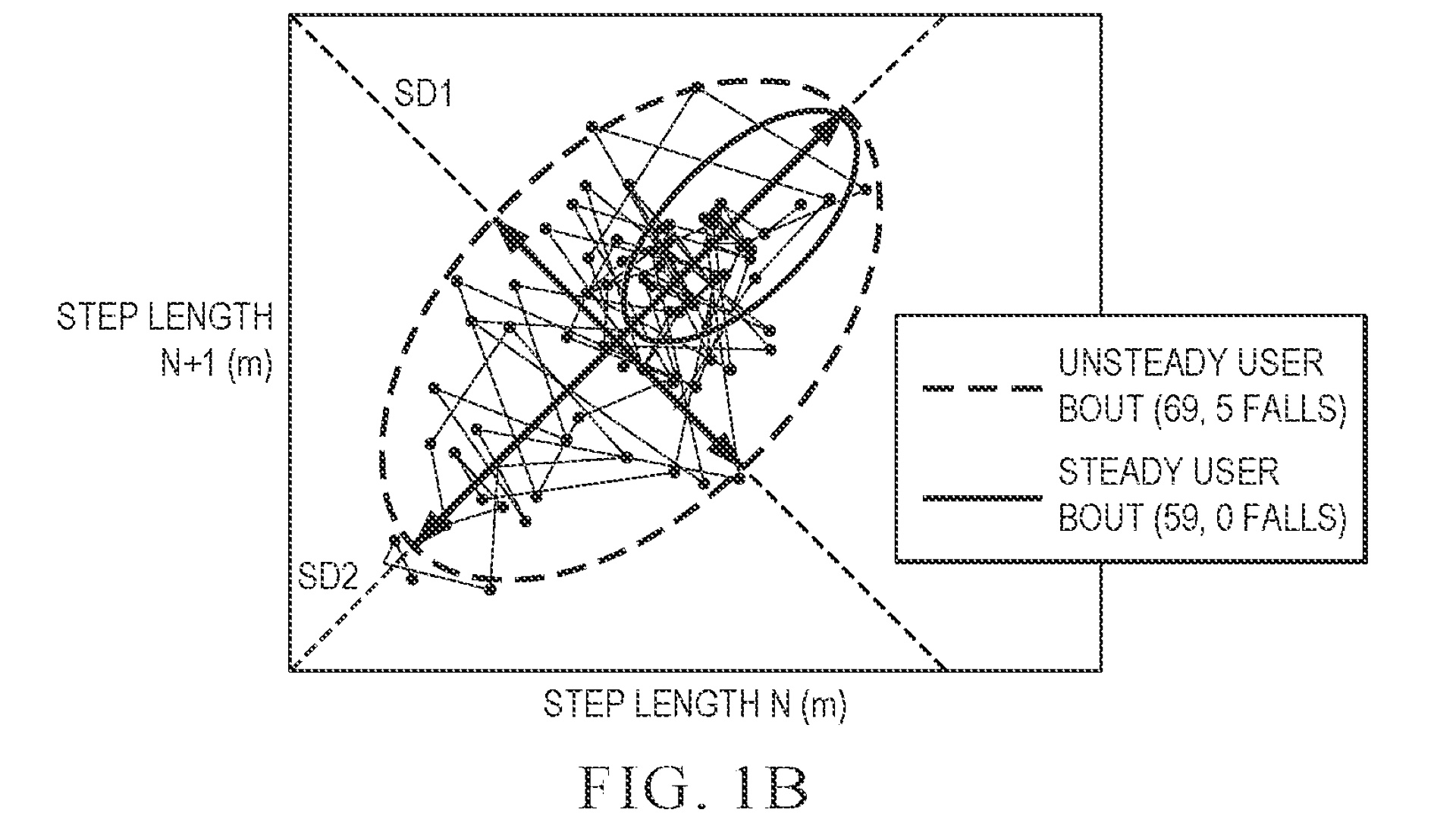Future Apple Watches could be able to use a variety of sensors and algorithms to try and figure out how likely you are to fall even before you have the chance to do it.
The technology, which has been outlined in a new Apple patent, could replace in-person tests that are normally carried out at a medical facility. And while they won’t be able to predict a fall in real-time, Apple Watches could one day tell people if they could be susceptible to falling due to a number of factors including their age, weight, height, and how steady they are on their feet when performing different actions.
The feature could be part of a future Apple Watch, iPhone, or fitness band although it seems most likely to be beneficial to owners of Apple’s wearable devices.
Fall Risk Assessments Apple-style
Apple’s patent, dubbed “Assessing Fall Risk Of Mobile Device User,” notes that almost 1 in 3 adults over 65 say that they have fallen with fall death rates on the rise. They’ve increased by 3% per year since 2007, apparently, which means predicting who is most at risk from falling could help those people make accommodations ahead of time.
While it’s unclear if this new technology could debut in the Apple Watch Series 9, it appears to be an expansion of the existing Fall Detection technology that has already helped to save lives around the world.
The patent was first spotted by Patently Apple and appears designed to try and replace an assessment known as the Timed Up and Go (TUG) test. That test would normally have someone stand up, walk a short distance, turn around, and return before sitting down. The whole process would be timed, with a determination made as to whether a number of factors mean the person is at risk of falls.
Apple’s patent takes a decidedly different approach by using algorithms to monitor a number of categories including gait smoothness, mobility metrics, steadiness, and more. It would then use all of that information to decide whether someone would be more or less likely to fall while going about their daily lives.

It also isn’t clear whether this technology could be added to existing Apple Watches via a watchOS update or if you’ll need to pick up the best Apple Watch of the time to be able to use it.
Apple may also choose to link this feature with another, as-yet-unknown one that would become active if an Apple Watch wearer is deemed to be at risk of falling. We’ll have to wait for Apple to share more details to know for sure, however.
It’s also worth remembering that Apple patents a lot of ideas and not all of them ship. This feature might never see the light of day or, just as likely, it will be rolled into another one entirely.
You can read more about the patent on the USPTO website.
